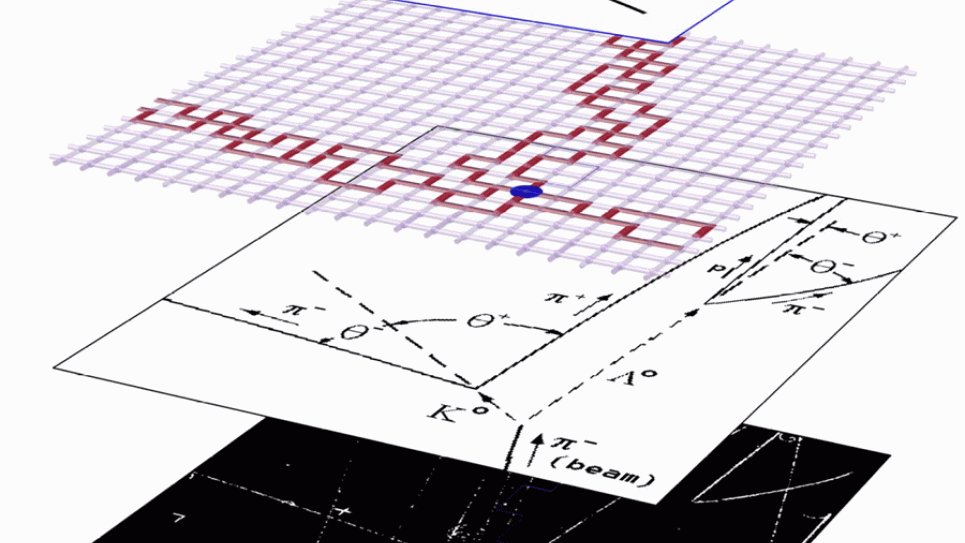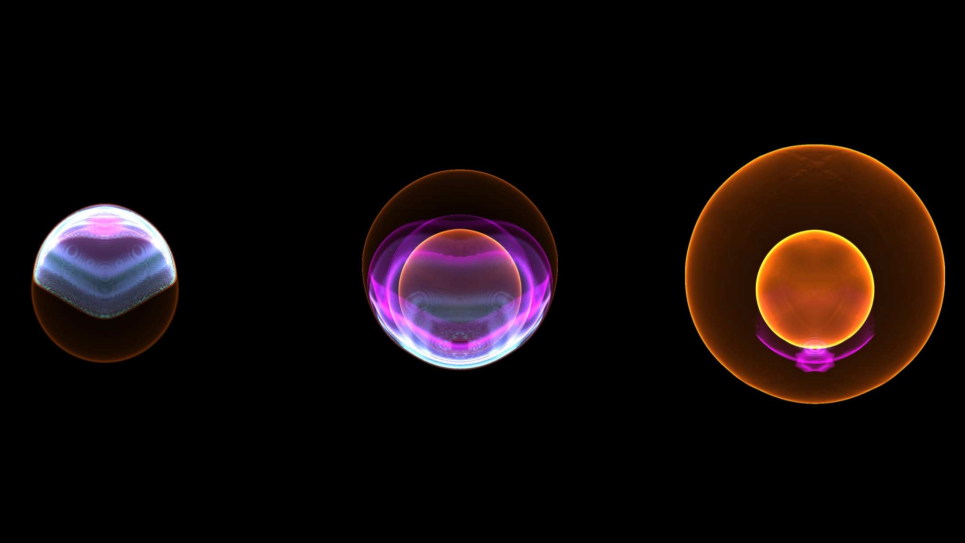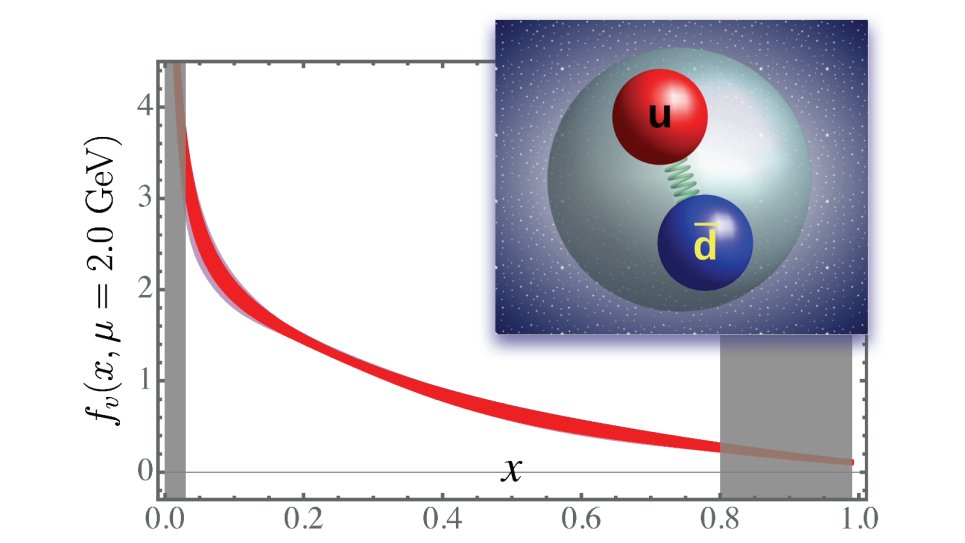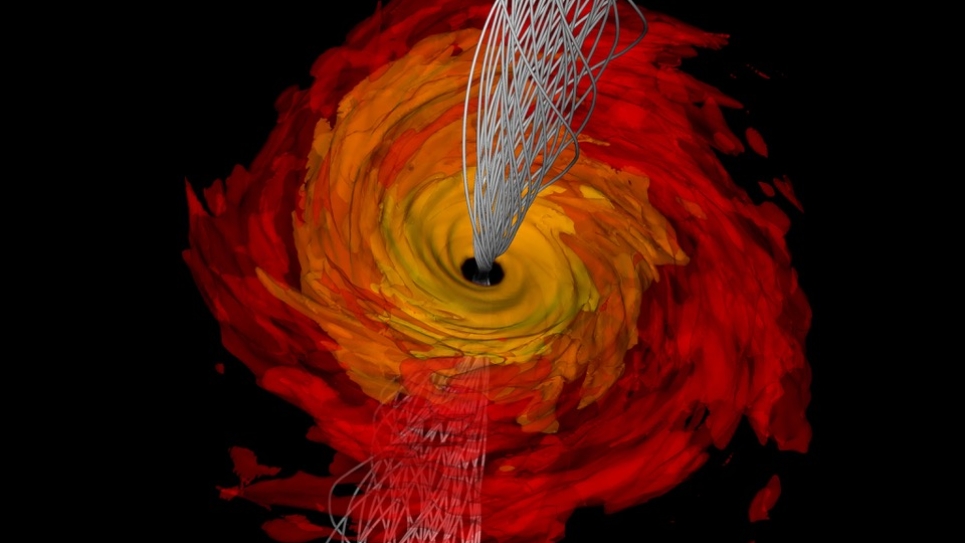
Lattice QCD
Researchers are advancing exploration in lattice quantum chromodynamics and other strongly coupled field theories of importance to the study of high energy and nuclear physics. Leadership-class computers will be used to generate gauge configurations with up, down, strange, and, in one case, charmed quarks on lattices that are sufficiently fine grained and have sufficiently small up and down quark masses to enable full control of systematic errors for a number of key quantities. Four quark actions will be used in this work: domain wall, highly improved staggered, and isotropic and anisotropic clover. Each has advantages for different aspects of the work. In addition, they are creating new ensembles of configurations that will allow the study of the properties of the quark-gluon plasma and the behavior of new strongly coupled gauge theories that have been proposed to explain experiments at the Large Hadron Collider (LHC).
A major goal is to determine a number of underlying parameters of the standard model of subatomic physics, including the masses of the quarks, the strong coupling constant and elements of the Cabibbo-Kobayashi-Maskawa (CKM) matrix. Other goals are to determine the mass spectrum of strongly interacting particles; to calculate the electromagnetic properties of low-lying baryons and meson radiative transitions; to obtain a quantitative understanding of the internal structure of the nucleon; to predict the interactions among strongly interacting particles; and to investigate the properties of strongly interacting matter at high temperatures and densities. These goals are essential for meeting the milestones set out by the U.S. Department of Energy’s Office of Science.


